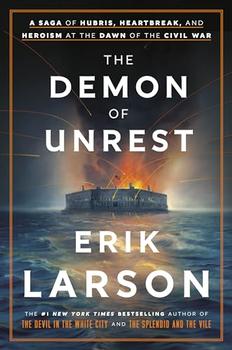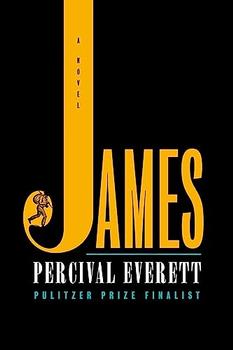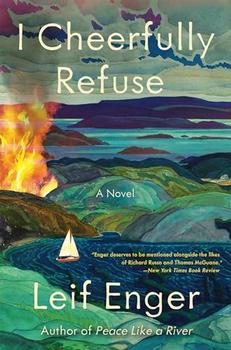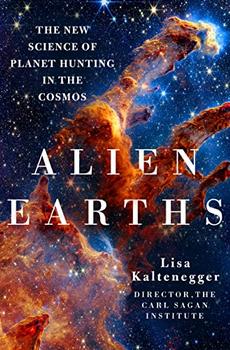A Conversation with Kate Bolick, author of Spinster: Making a Life of One's Own, a bold, original, moving book that will inspire fanatical devotion and ignite debate.
Q. Your 2011 Atlantic cover story about the social and economic trends shaping America's current romantic landscape drew over one million readers and sparked a heated debate on modern ideas of family, career, and success. What made you want to take this idea further in your book Spinster?
A. We are in the midst of an unprecedented demographic shift: 53% of women over 18 are unmarried. The response to my Atlantic article showed me that people are hungry to talk about this new world, and see their own realities represented in popular media. With Spinster I explore the back-story, illuminating why we're here, where we've come from, and where we're going.
Q. There have always been single women. What's so different about now?
A. This isn't merely a demographic shift we're experiencing—it's the flowering of an invisible revolution. For centuries, women have been fighting to change their circumstances, creating more and better opportunities for everything from education to employment to birth control. Finally, these long, ongoing efforts are paying off. For the first time in history, more women than ever before are empowered to create the lives they want.
Q. Does this mean the single woman is going to take over the world?
A. Hah! Not so fast. Though it's true that we've never had so many single women before, we've definitely seen surges in the past, first during the "cult of single-blessedness" of the early 1800s, again with the New Woman of the 1890s, and most recently in the late 1960s and '70s, during the second wave of the women's movement. In each instance, women were rejecting marriage in order to live a better and different life, and in each instance history turned and buried their progress in the dust. Presumably this won't happen again, thanks to sheer numbers, but who knows.
Q. To many, the word "spinster" has negative connotations. Can you explain the term?
A. The single woman isn't merely a person walking around in real life—she's also an archetype, and nothing captures this fact quite like "spinster." It's a deliciously weird term. It originated in the Middle Ages as a neutral occupational description, like baker or fishmonger; spinners, or spinsters, were people—most of them young, unmarried women—who spun wool into thread. It turned sinister in early America, when unmarried women were considered a menace to a society that needed to build a population, and lurched along from there, accruing new and different negative connotations depending on the needs of the social order. These days it haunts us like a ghost, an anachronism we call into service during self-disparaging moments using an ironic tone—i.e., "Tinder is awful! I'm going to wind up a lonely old spinster with cats!"—meaning it's just as present as it ever was, just differently so.
Q. Does having more single women than ever before mean we are finally beyond such negative stereotypes?
A. Sadly, no. I hear from women all the time saying that they struggle with the opinions and expectations of family and friends, and the culture at large. The stigma against single women will exist as long as society values the roles of wife and mother above all others for women.
Q. You open the book with the words, "Whom to marry, and when will it happen—these two questions define every woman's existence [and] govern her until they're answered, even if the answers are nobody and never." What questions should we be asking instead?
A. How can I best live my one, brief life? What do I value, and why? What can I contribute to the world, and how best can I do it?
Q. Was there anything that you discovered that surprised you during your research?
A. Many things surprised me. Foremost were the parallels between the turn of the last century and the turn of this one. Then, as now, women were entering the workforce and pursuing academic degrees in unprecedented numbers. They were questioning whether or not marriage mattered, and if so, what it should look like. Their challenges—at work and at home—mirror the ones we contend with today. I was also excited to learn about what demographers call "the demographic transition." Between 1800 and 1930, family size shrunk from an average of 8.02 children to 3. Historian Kathryn Sklar very convincingly argues that this is because, for the first time in history, women were choosing to lead lives that didn't involve being constantly pregnant. Women were choosing to be people first, and mothers second—the first step in this long, invisible revolution.
Q. Your mother was an incredible woman. What did you learn from her about paving your own path?
A. My mother died in 1996. I miss her every day, and feel the best way I can honor her life is to pick up where she left off. It took her a long time to find the confidence to do the things she wanted. But once she flipped the switch, she was unstoppable, and as a child I watched her grow into the woman she became. So, there's what I learned from her by watching her: unflagging curiosity, the refusal to ever resign to anything, even cancer. There's what she deliberately taught me: the value of honesty and communication and consideration. And there's what I learned from her death: that life is short.
Q. Why and how have your objectives changed about marriage since you were twenty-two?
A. When I was twenty-two I assumed I'd someday marry and have children. I never thought to question it. My mother's unexpected death unraveled my expectations. For many years I moved blindly, following my hunches rather than a focused idea, and for a long time I felt very insecure about my choices. But once I'd recovered from the unwanted knowledge that life is short and love is fleeting, I began to see a world of different possibilities.
Q. In Spinster, you focus on five "awakeners" who helped embolden you to live your life on your own terms. What was your criteria for choosing these women? Who were they?
A. The bald fact of the matter is that I just gravitated toward or stumbled upon these women over the general course of life, the way one does friends or lovers, without thinking too specifically about it; it wasn't until I had several under my belt that I realized they all had in common a highly ambivalent relationship to the institution of marriage.
Q. You visit many of the locations/homes where your "awakeners" lived. What was that experience like?
A. There were two excellent and profound experiences. The first was my week at Edith Wharton's house, The Mount. By day, I had the run of the place; I wandered with my laptop from drawing room to bedroom to library, sitting in an armchair or on the floor, imagining myself into her life, and typing down my impressions. At night, I stayed at the luxurious Blantyre hotel, formerly a grand Gilded Age estate that looks and feels exactly as it did during its heyday. The second was my experiment in "hotel living": a four-night stay at the Washington Square Hotel, in Greenwich Village, where Maeve Brennan lived on and off in the 1950s and 1960s, before and after her marriage. By my second day I completely understood why this professional single woman had chosen hotels over owning her own home: at a hotel, someone makes your bed and cleans the bathroom, and downstairs, a restaurant serves you food and drink. In other words, all the benefits of wedded domesticity just, without a spouse.
Q. What are you working on next?
A. I love the material too much to even want to think about anything else just yet. After two years spent writing, I'm excited to finally be back in the world, talking about what I've learned.
Unless otherwise stated, this interview was conducted at the time the book was first published, and is reproduced with permission of the publisher. This interview may not be reproduced or reprinted without permission in writing from the copyright holder.




We must believe in luck. For how else can we explain the success of those we don't like?
Click Here to find out who said this, as well as discovering other famous literary quotes!
Your guide toexceptional books
BookBrowse seeks out and recommends the best in contemporary fiction and nonfiction—books that not only engage and entertain but also deepen our understanding of ourselves and the world around us.